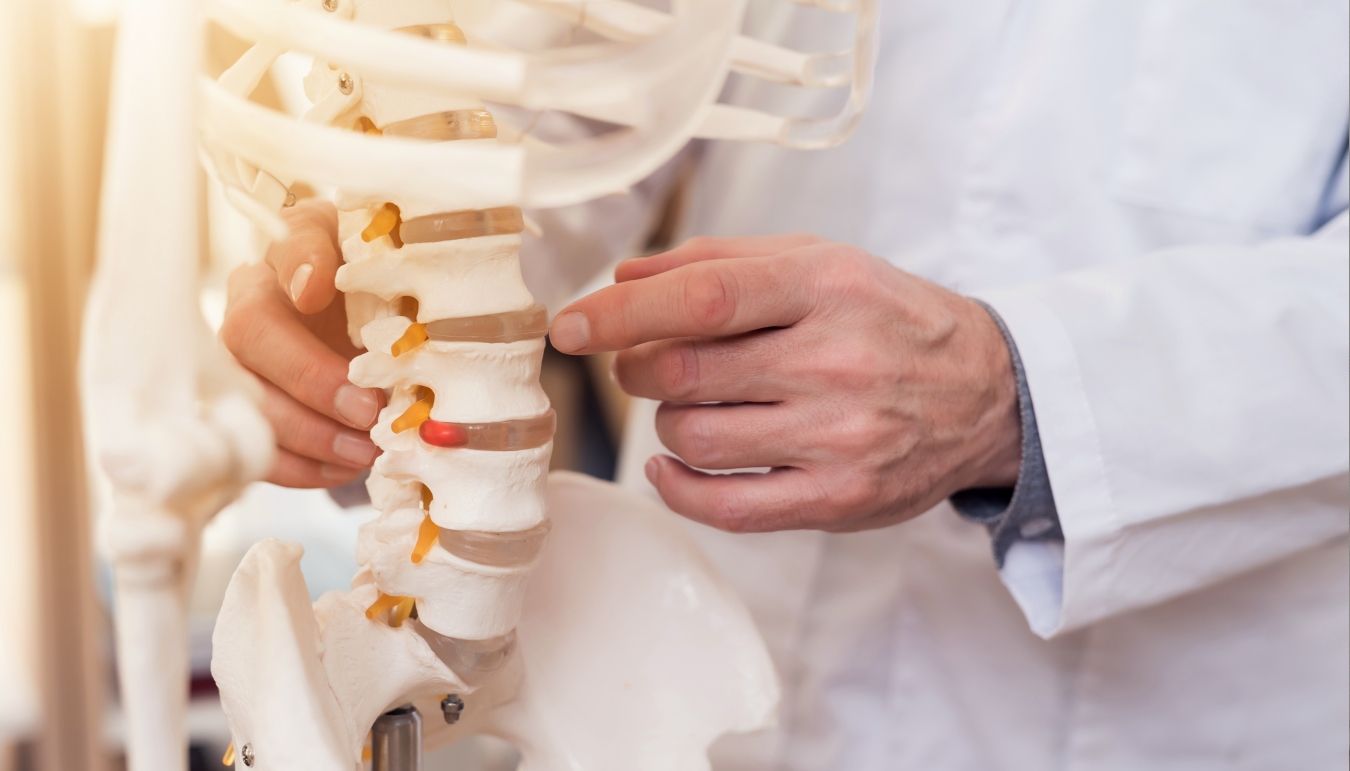


Osteoporosis refers to bone weakness caused by decreased density. As such, osteoporosis increases fracture susceptibility.
Osteoporosis results from an imbalance between bone formation and resorption - when old bones are broken down by new ones forming in their place - leading to degenerative changes. Some factors contributing to osteoporosis may include age-related hormonal fluctuations, poor nutrition such as vitamin D or calcium deficiency, inactivity due to age or lifestyle habits, certain medications prescribed, or excessive alcohol consumption.
Early on in osteoporosis, it may not show any noticeable symptoms, but as it advances, symptoms may emerge.
Bones become more susceptible to fractures as people age, particularly hip, spine, and wrist bones. Hip, spine, and wrist fractures lead to height loss due to vertebral compression fractures; back pain caused by weakened vertebrae can also increase pain levels significantly.
Osteoarthritis (OA), commonly called degenerative joint disease, is one form of arthritis resulting from wear-and-tear damage of joint cartilage and its supporting bone structures over time due to age; other factors may hasten its onset.
Along with age-related wear-and-tear conditions, other causes for osteoarthritis include joint injuries, genetic factors, obesity, joint malalignments, or repetitive stress on a joint.
Wheezing pain when using or after use in affected joints; stiffness following periods of inactivity and upon awakening; tenderness under light pressure to the joint; loss of flexibility is another symptom, and a grainy sensation or bone-on-bone sound. Swelling may occur.
Make sure your calcium and vitamin D intake meets recommended amounts; exercise regularly, such as walking or lifting weights to strengthen bones. Screening: Routine bone density testing should occur, particularly among postmenopausal women or those with an increased family risk.
Medication to slow bone loss or increase bone formation may be prescribed; hormone replacement therapy is another potential treatment approach.
To limit stress on joints, maintain a healthy weight by engaging in regular physical exercise such as swimming and biking or engage in weight-bearing sports like tennis to keep flexible joints mobile and fluid.
Physical examinations, X-rays, or MRI scans may be performed for diagnosis. Treatment options could include pain relievers, anti-inflammatory drugs, physical therapy sessions, joint fluid supplements, or, in severe cases, surgery as required.